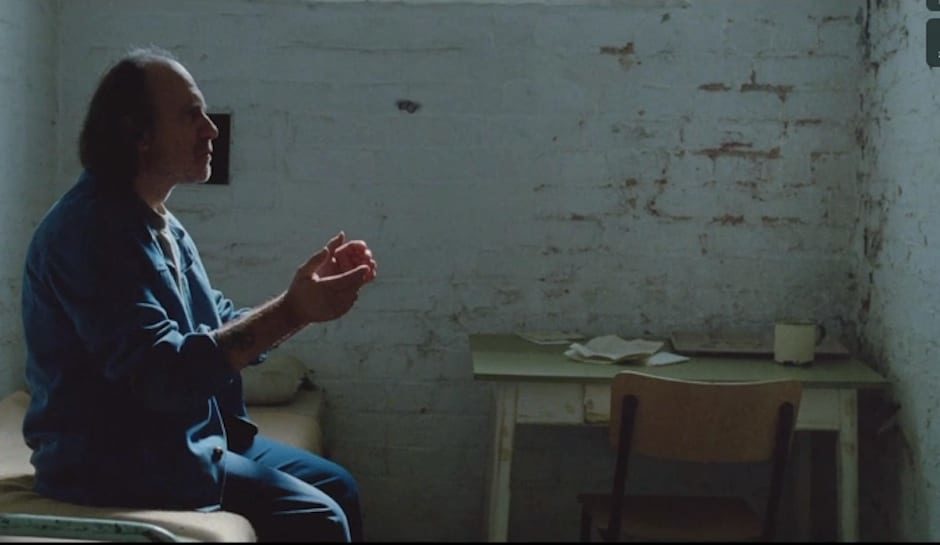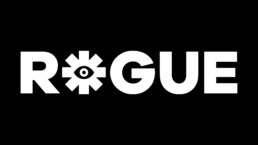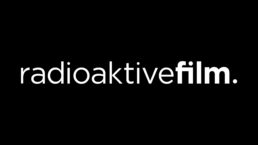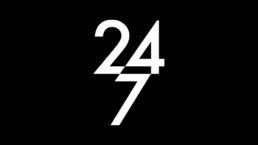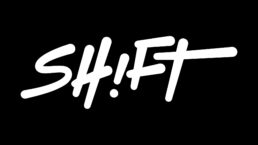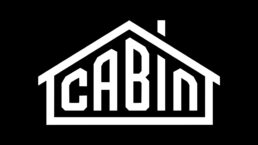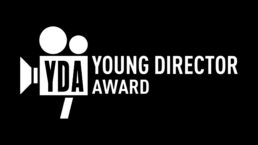Can you tell us please how this moving narrative came about.
I’d been speaking with BBH creative team Robin Warman & Harry Orton for a few months to find something other than a commercial to collaborate on. We were all listening to this album A Winged Victory For The Sullen at the time. The boys talked about a long-standing idea of butterflies escaping prison and a track on the album seemed to be a good fit for it. So I went away and developed the character and scenes.
For me this idea held a strong visual contrast that appealed; these graceful, fragile creatures escaping a cold, hard space.
Did you make the film in response to the music or find the score to fit the film?
The film was definitely made for the music. Before we started filming I emailed composers Adam Bryanbaum Wiltzie and Dustin O’Halloran who together made A Winged Victory for the Sullen, keen to get as much info on them, their music and the track.
What we didn’t realise was the song had a far deeper meaning than we initially thought. Mark Linkous, a member of Sparklehorse and good friend of Adam Whiltzie sadly took his own life in March 2010. A Requiem for the Static King – the track we wanted to use for the film – was a tribute to Linkous.
We could now see what shaped the music, what inspired Adam and Dustin. It’s rare to have such depth to the backstory of a track. The tragedy brings a level of dramatic legitimacy to the music that no artistic license can imitate. It’s sad and beautiful and real.
Why did you decide on this particular character to portray incarceration?
I started thinking about all the different aspects and physical and mental consequences of being confined for many years. Watching yourself age within the same four walls; not knowing your children; faith, or lack of; sanity. These harsh extremes contrast with so much we associate with the butterfly whilst both are very fragile.
I wanted my protagonist to portray how old age and incarceration had worn down his hard edge; how regret had eaten away at him, leaving him fragile and vulnerable. I cast Robert Goodwin in the role because he encapsulated that ragged fragility so well.
As there is no dialogue to the film I directed Robert with a series of mental images. This allowed him to bring his own emotional energy to the role. For example, when he is talking to the wall of his cell in the prison, he is imagining talking to his young daughter who has grown up without him.
So no butterflies were harmed in the making of this film?
Fortunately there were no injuries or fatalities with the butterflies. The film was always planned to be post heavy but I wanted to have a few real butterflies upfront to help create an authentic intimate moment. The real butterflies also provide a nice transition to the CGI.
This job would not have been possible without the involvement of the Mill from the outset. They were responsible for all the post. There was no budget but the Mill came on board and dedicated a team of producers and animators to the project.
Their collaboration was crucial to the success of the film. The animators shared ideas that helped steer the project from the offline stage such as having some of the butterflies resting on surfaces within the prison environment rather than them all flying together to keep it more realistic.
The butterflies were created using a combination of hand animation for those in the foreground, and particle animation for the swarm as it builds and grows towards the end of the film.
What were the major challenges of the production and how did you overcome them?
We had time on our side and a great team so it was a smooth process with no major problems. My DOP was Chris Sabogal and Francis Mildmay-White produced the film. We shot in a day at Lincoln Castle Prison.
From start to finish this film was a labor of love for all involved.
I was lucky to have such a talented group of people involved in the post as well as the shoot – we had the White House and Wave on board with The Mill. This calibre of talent is not generally available to a music video production.
And I hope that our film adds to the track as a tribute to Mark Linkous.
How would you define your style as a film maker?
Evolving. Constantly evolving.
What are you currently working on?
I’m in Vancouver at the moment shooting a car commercial with Knucklehead.
